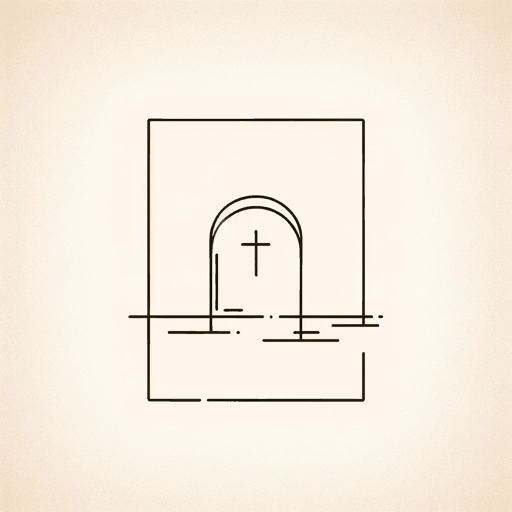41 pages • 1 hour read
Drew Gilpin FaustThis Republic of Suffering: Death and the American Civil War
Nonfiction | Book | Adult | Published in 2008A modern alternative to SparkNotes and CliffsNotes, SuperSummary offers high-quality Study Guides with detailed chapter summaries and analysis of major themes, characters, and more.
Symbols & Motifs
Cemeteries
The many cemeteries–particularly the newly-created national cemeteries–were a symbol of the long and bloody Civil War. Given that so many gave their lives in aid of a cause framed in the popular imagination as something worth fighting and dying for, a cemetery filled with headstones bearing names of those who died was a reminder of the power and “rightness” of that cause. That the federal government created a network of these final resting places only elevated the importance of the sacrifice of those interred there.
In the same way, the cemetery was a physical representation of one stage in the journey of a person who believed that a good life would lead to a good afterlife. This idea gave survivors hope that the people they knew who died during the war didn’t do so in vain.
Naming
“Naming” is the title of Chapter 4, which describes so many different kinds of struggles to quantify or otherwise cope with the tremendous amounts of adversity thrown at soldiers and civilians during the Civil War. Giving a name to a thing makes it something distinct, understood, and categorized. It was often a struggle to put a name to a soldier, dead or alive. Those injured on the field of battle often ended up in hospitals or prisons, devoid of identifying information.


